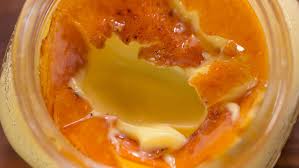Production inkjet printing is making its way into higher demand print quality applications, slowly but consistently taking market share from the commercial inkjet printing market. As the inkjet OEMs pursue market segments that require offset-level print quality, users of those machines also want to be able to print on coated stocks. Sometimes this can be accomplished using inkjet coated stocks developed at the paper mill, but sometimes printers want to use offset coated stocks. Most often the latter is accomplished by adding a primer to inline on the inkjet device. But, there are challenges. These papers allow the ink to stay on the surface of the paper and now that an extra layer of fluid has been applied, drying becomes even more of a challenge.
You might think, “No big deal, add some more drying power and turn up the heat.” It seems like it should be easier to get everything to dry when higher temperatures are applied, right?
Well, testing tells us that it can be just the opposite. When drying pigment ink on coated substrates, if the air temperature becomes too high, the top of the surface ink will become skinned over while keeping the ink within soft. Your printed piece ends up looking a bit like my favorite dessert, creme brûlée – but not at all tasty.

But the problem doesn’t stop there, if the ink surface becomes skinned over, it stays tacky and can stick and cause ink build up on the rollers. Then the roller build up can cause picking, scratching, gloss scuffing and other print defects on the rest of your inkjet production. Print head jetting is often wrongly blamed for many of these print defects when it is actually a drying issue.

So What Can You Do?
First of all, make sure that you are diagnosing the right problem. If you only focus on the paper and the print heads when trying to diagnose print quality issues, you could struggle for a long time looking in the wrong places. You need to look at the whole process. Here are a few things to try:

